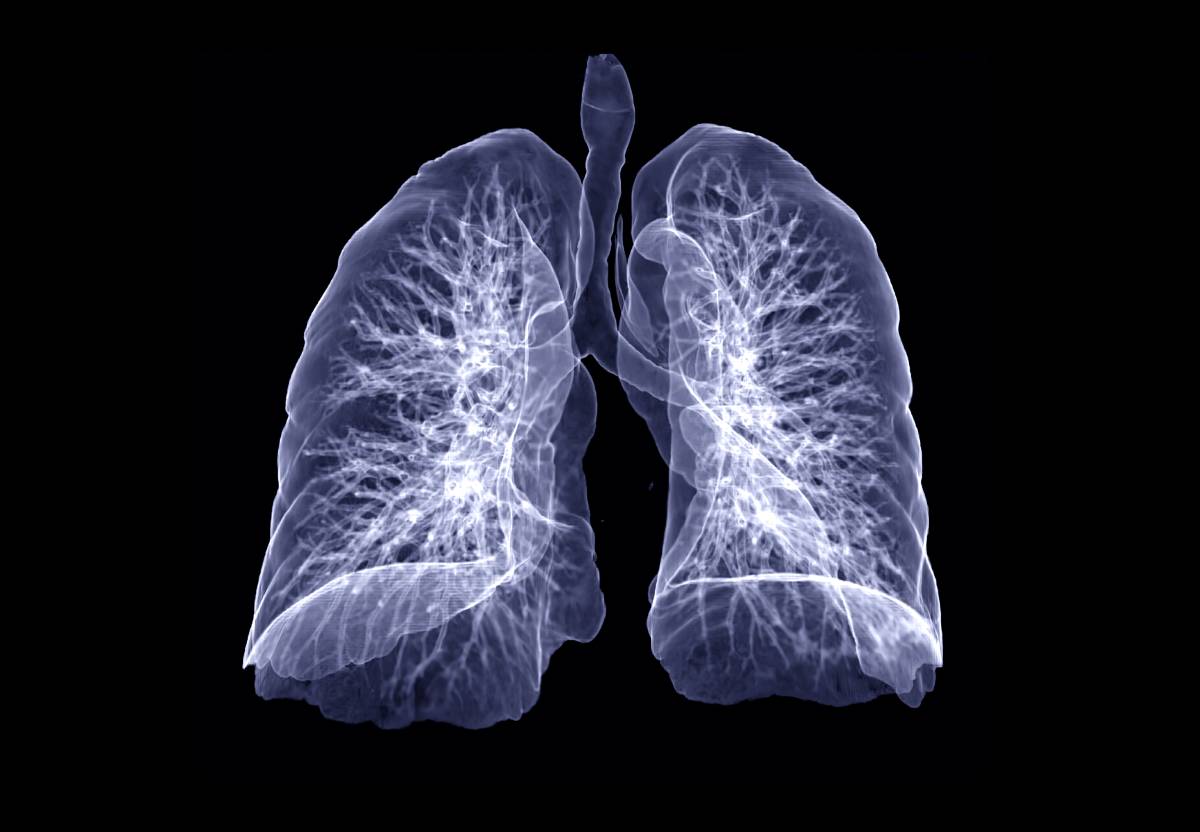Ventilator-Induced Lung Injury: Research and Prevention

The case of mechanical ventilation illustrates both the value and fallibility of medical innovation. While its incorporation into regular medical practice diminished the mortality of patients who are unable to breathe on their own, mechanical ventilation can also cause complications, together referred to as ventilator-induced lung injury (VILI) [1]. Damage that mechanical ventilators can inflict on both weakened and normal lungs includes pulmonary edema, augmented vascular permeability, and inflammatory-cell infiltrates [1]. To combat the onset of such damage, physicians must develop ventilatory strategies that acknowledge crucial mechanisms and account for the unique demands of each patient.
The predominant theory explaining how ventilators initiate VILI focuses on the machines’ mechanical power. Patients suffering from acute respiratory distress syndrome (ARDS) have reduced lung parenchyma [2]. When a ventilator’s steady mechanical force is not adjusted to account for a patient’s diminished parenchyma, it can be overpowering and result in volutrauma [2]. This focus on volutrauma is recent. In the 1960s and 70s, scientists attributed nearly all cases of VILI to barotrauma [2]. Physicians preemptively placed chest drains near ARDS patients, with drainage seen as a small price to pay for survival [2]. By shifting the focus to volutrauma, physicians made the crucial connection between mechanical force and strain on lung tissue, thereby explaining previously observed lung lesions and presenting essential avenues for treatment [2].
Although recent findings substantiate the aforementioned hypothesis, researchers have not reached a consensus on how mechanical power works at the tissue level to initiate ventilator-induced lung injury [3]. A promising 2020 study by Wang et al. presents one possible explanation. The scientists altered the expression of death-associated protein kinase 1 (DAPK1) in its subjects (six male mice) to test DAPK1’s association with cell apoptosis [4]. Afterward, the researchers placed the mice on high tidal volume ventilation, which increased DAPK1 expression [4]. The results confirmed DAPK1’s role in promoting alveolar epithelial cell apoptosis, thereby presenting one route through which ventilators may result in VILI [4, 5]. Further trials are needed, but this study represents a first step in decoding mechanical ventilation’s effect on lung tissue.
Mechanical power may not be the only factor contributing to ventilator-induced lung injury. Respiratory rate, tidal volumes, and driving pressure may all promote VILI if they are not held at appropriate levels [6].
Given this information, there are a variety of practices that can be adopted to avoid the onset of VILI in patients. Before confirming a ventilatory setting, physicians should consult patient profiles [2]. They should pay special attention to fundamental pieces of data such as pulmonary and respiratory system elastance [2]. This is crucial in determining the ventilator’s mechanical power level [2]. Through the ventilation process, the lung should be kept maximally homogenous, which can be achieved by pronation, while pressures should remain well within pre-established boundaries [2, 3]. Lastly, tidal transpulmonary plateaus should never cross outside of the safe range [3].
While there has not yet emerged an ideal ventilation strategy, this knowledge can help physicians reduce the occurrence of ventilator-induced lung injury and thereby diminish the number of ventilator-related fatalities.
References
[1] A. S. Slutsky and V. M. Ranieri, “Ventilator-Induced Lung Injury,” The New England Journal of Medicine, vol. 369, no. 22, p. 2126-2136, November 2013. [Online]. Available: https://doi.org/10.21037/atm.2018.08.17. [2] F. Vasques et al., “Determinants and Prevention of Ventilator-Induced Lung Injury,” Critical Care Clinics, vol. 34, no. 3, p. 343-356, July 2018. [Online]. Available: https://doi.org/10.1016/j.ccc.2018.03.004. [3] J. J. Marini and L. Gattinoni, “Energetics and the Root Mechanical Cause for Ventilator-induced Lung Injury,” Anesthesiology, vol. 128, no. 6, p. 1062-1064, June 2018. [Online]. Available: https://doi.org/10.1097/ALN.0000000000002203. [4] Y. Wang et al., “Death-associated Protein Kinase 1 Mediates Ventilator-induced Lung Injury in Mice by Promoting Alveolar Epithelial Cell Apoptosis,” Anesthesiology, vol. 133, no. 4, p. 905-918, October 2020. [Online]. Available: https://doi.org/10.1097/ALN.0000000000003464. [5] P. S. Tang et al., “Acute lung injury and cell death: how many ways can cells die?,” The American Journal of Physiology-Lung Cellular and Molecular Physiology, vol. 294, no. 4, p. L632-641, April 2008. [Online]. Available: https://doi.org/10.1152/ajplung.00262.2007. [6] F. Vasques et al., “Is the mechanical power the final word on ventilator-induced lung injury?–we are not sure,” Annals of Translational Medicine, vol. 6, no. 19, p. 395, October 2018. [Online]. Available: https://doi.org/10.21037/atm.2018.08.17.